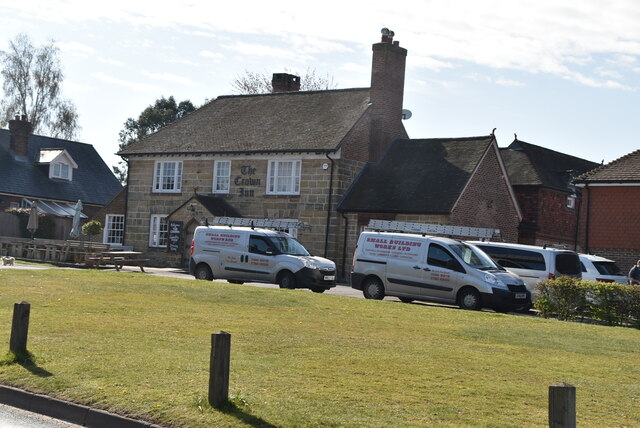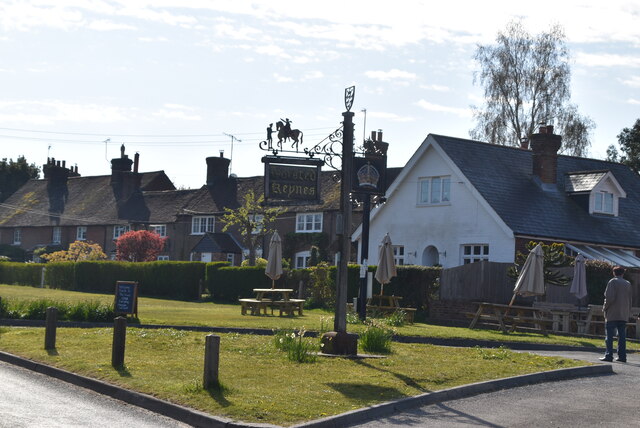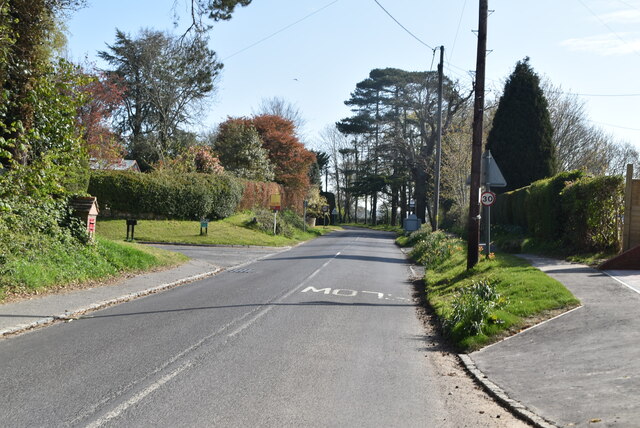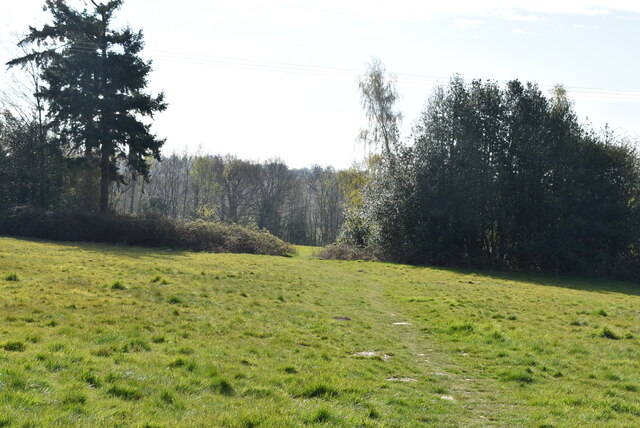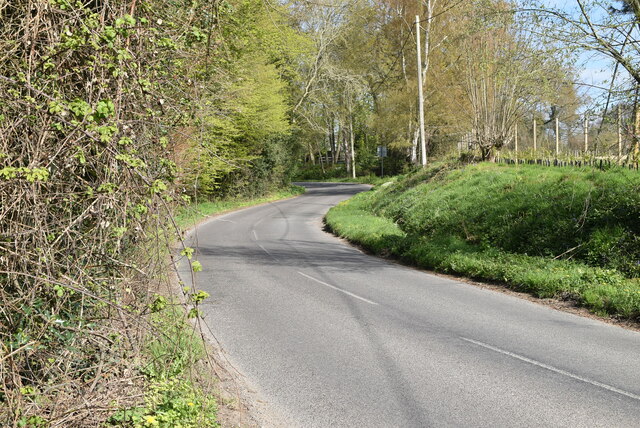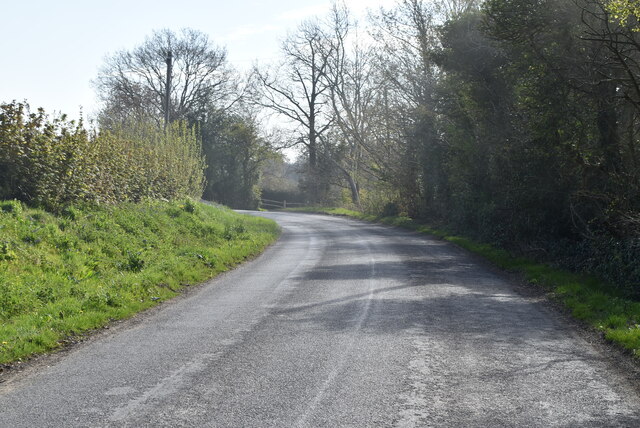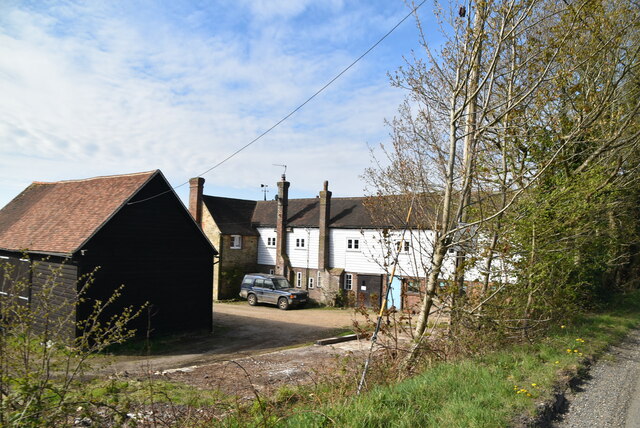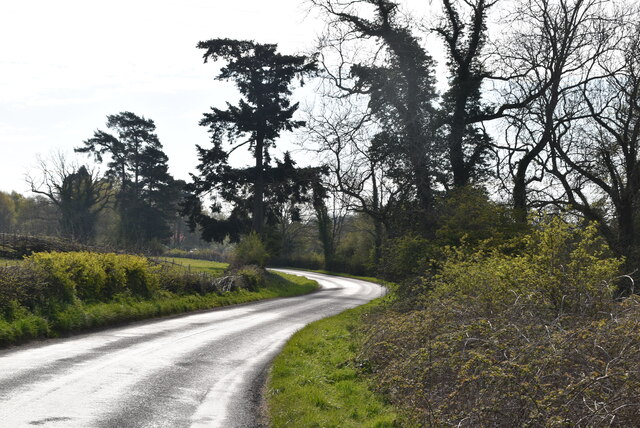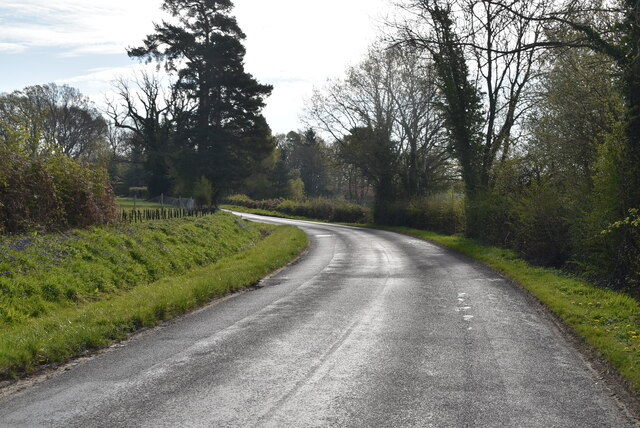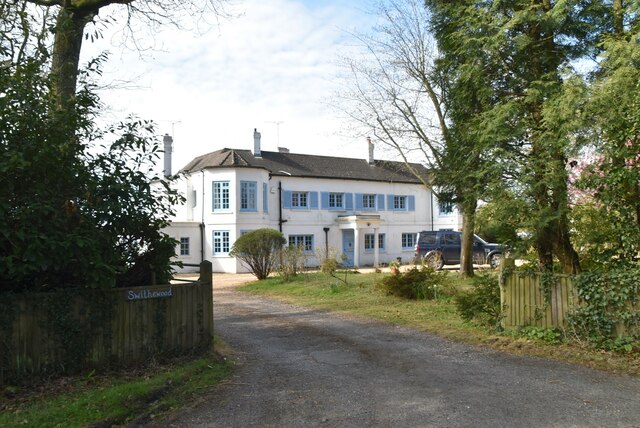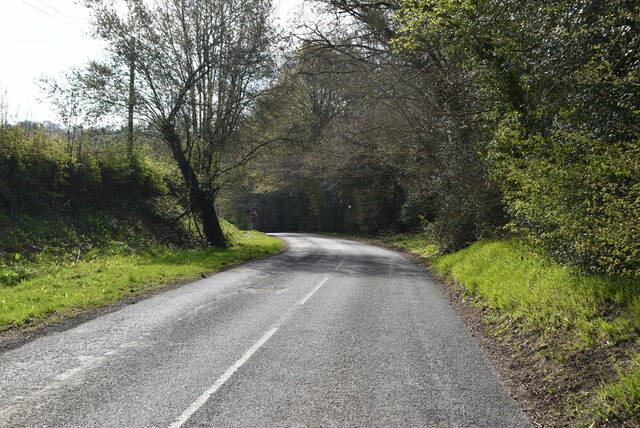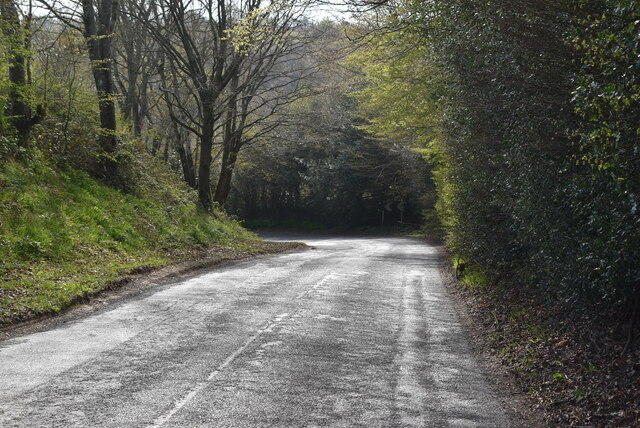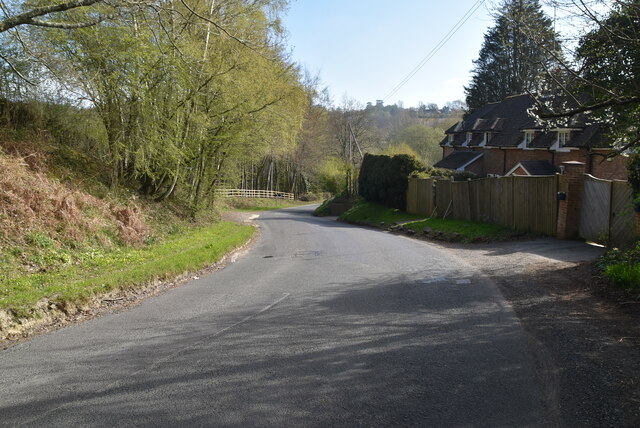Down Wood
Wood, Forest in Sussex Wealden
England
Down Wood
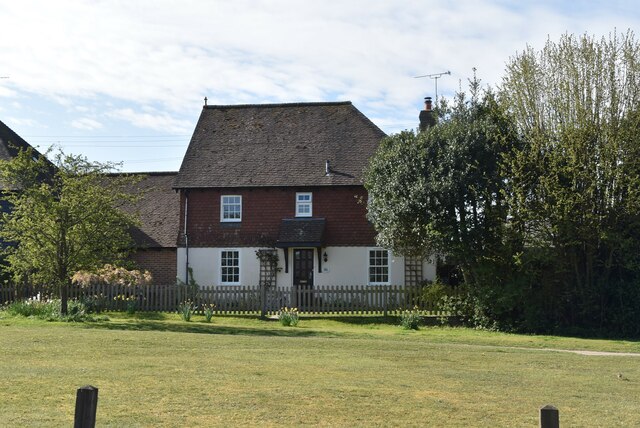
Down Wood is a picturesque forest located in the county of Sussex, England. Covering an area of approximately 500 acres, it is nestled between the villages of East Grinstead and Forest Row. The woodland is characterized by its diverse range of tree species, including oak, birch, beech, and pine, creating a rich and vibrant landscape.
The forest is renowned for its natural beauty and is a popular destination for nature lovers and outdoor enthusiasts. It provides ample opportunities for activities such as walking, hiking, and birdwatching. The well-maintained network of trails and paths allows visitors to explore the wood at their own pace and discover its hidden gems.
Down Wood is also home to a variety of wildlife, making it an ideal spot for wildlife enthusiasts. Deer, foxes, badgers, and squirrels are frequently spotted roaming through the forest, while a wide array of bird species can be seen and heard throughout the year.
In addition to its natural attractions, the wood holds historical significance. It is believed to have been part of the ancient Ashdown Forest, which was mentioned in the Domesday Book of 1086. Over the centuries, it has been managed by various landowners and has played a role in local forestry practices.
Overall, Down Wood offers a tranquil and enchanting escape from the hustle and bustle of everyday life. Its natural beauty, diverse wildlife, and historical heritage make it a cherished destination for both locals and visitors alike.
If you have any feedback on the listing, please let us know in the comments section below.
Down Wood Images
Images are sourced within 2km of 51.027547/-0.013814738 or Grid Reference TQ3927. Thanks to Geograph Open Source API. All images are credited.

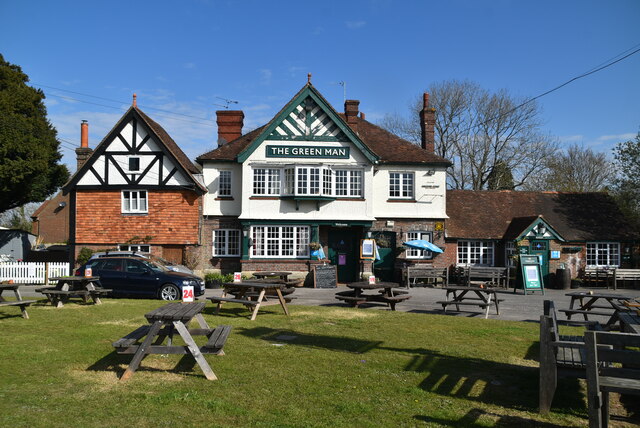
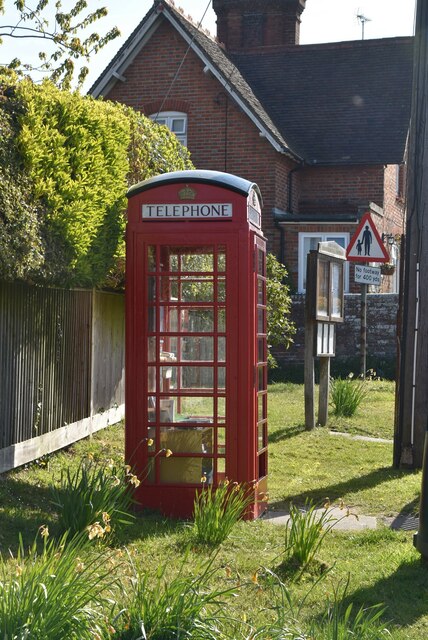
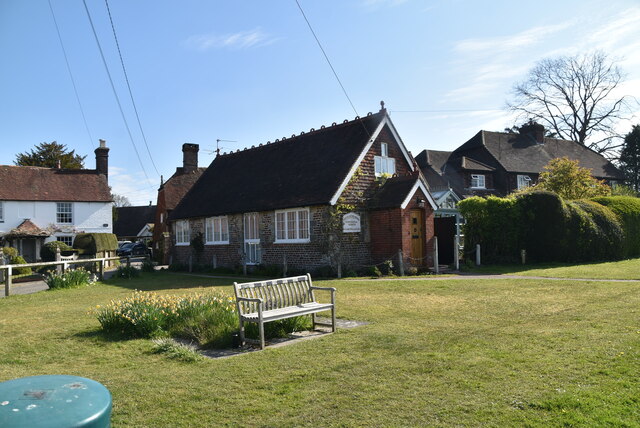
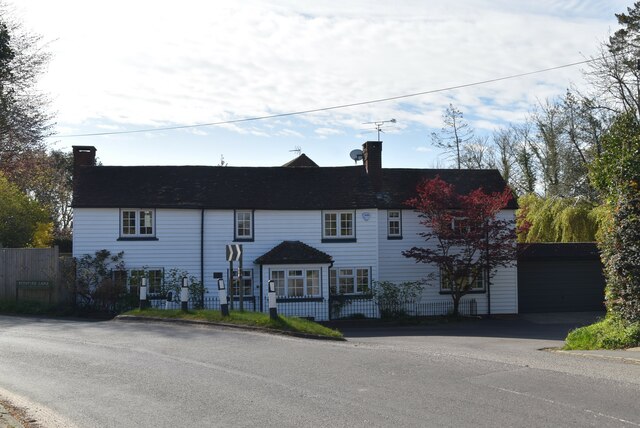
Down Wood is located at Grid Ref: TQ3927 (Lat: 51.027547, Lng: -0.013814738)
Administrative County: East Sussex
District: Wealden
Police Authority: Sussex
What 3 Words
///blatantly.punctuate.depended. Near Horsted Keynes, West Sussex
Nearby Locations
Related Wikis
Danehill, East Sussex
Danehill is a village in East Sussex, England. == Religious sites == There are two Anglican churches in the parish: one at Danehill (dedicated to All Saints...
Horsted Keynes
Horsted Keynes KAYNZ is a village and civil parish in the Mid Sussex District of West Sussex, England. The village is about 5 miles (8 km) north east...
Freshfield Lane
Freshfield Lane is a 17-hectare (42-acre) geological Site of Special Scientific Interest east of Haywards Heath in West Sussex. It is a Geological Conservation...
St Giles' Church, Horsted Keynes
St Giles' Church is an Anglican church in the village of Horsted Keynes in Mid Sussex, one of seven local government districts in the English county of...
Furner's Green
Furner's Green is a hamlet in the civil parish of Danehill in East Sussex, England. == Geography == Furner's Green lies on the Greenwich Meridian about...
Bluebell Railway
The Bluebell Railway is an 11 mi (17.7 km) heritage line almost entirely in West Sussex in England, except for Sheffield Park which is in East Sussex....
Lindfield & High Weald (electoral division)
Lindfield & High Weald is an electoral division of West Sussex in the United Kingdom, and returns one member to sit on West Sussex County Council. ��2...
Horsted Keynes railway station
Horsted Keynes railway station is a preserved railway station on the Bluebell Railway in Sussex. The station has been used as a shooting location in several...
Nearby Amenities
Located within 500m of 51.027547,-0.013814738Have you been to Down Wood?
Leave your review of Down Wood below (or comments, questions and feedback).
